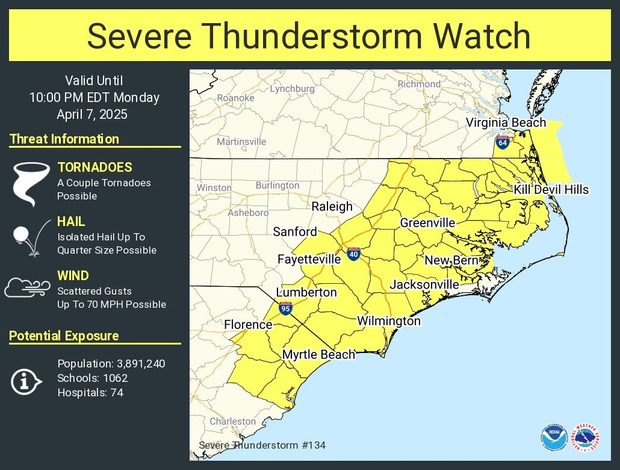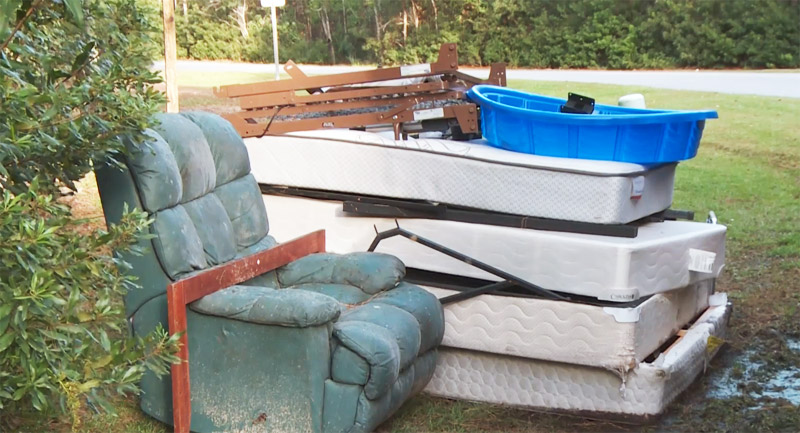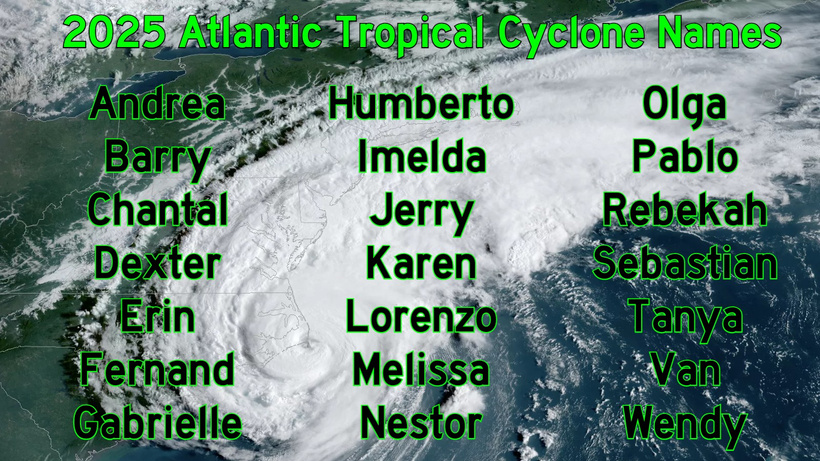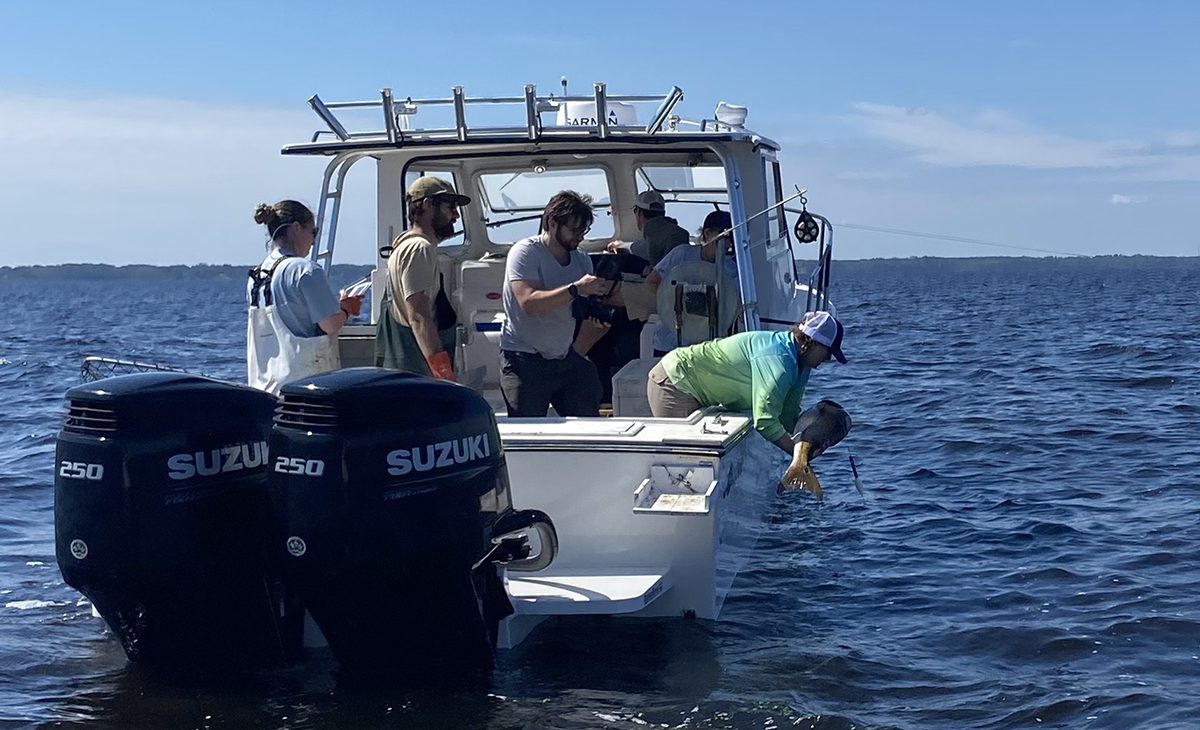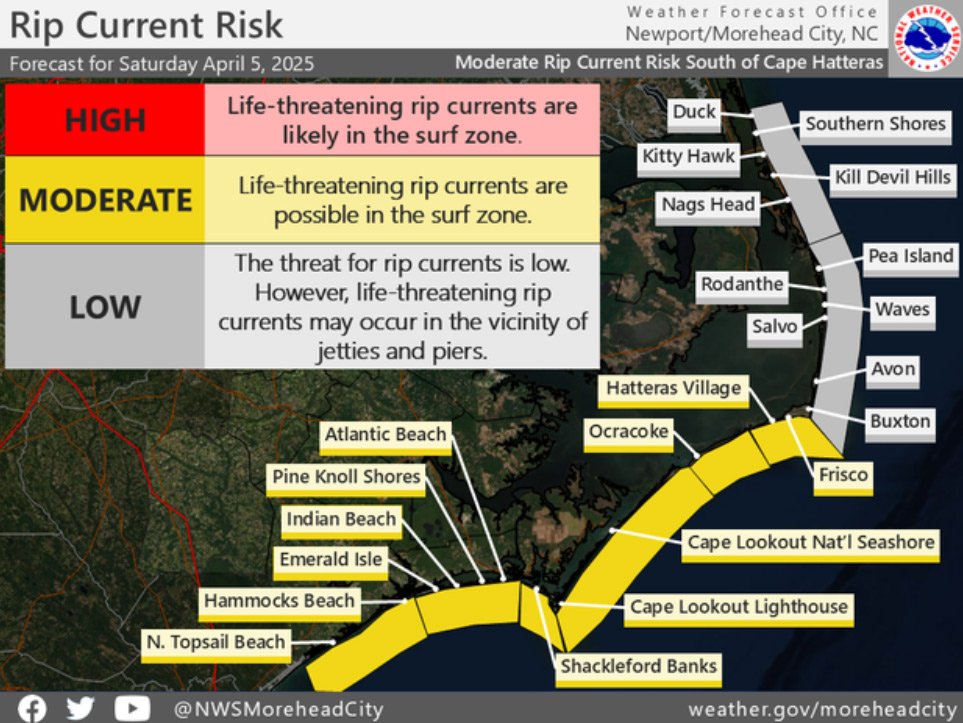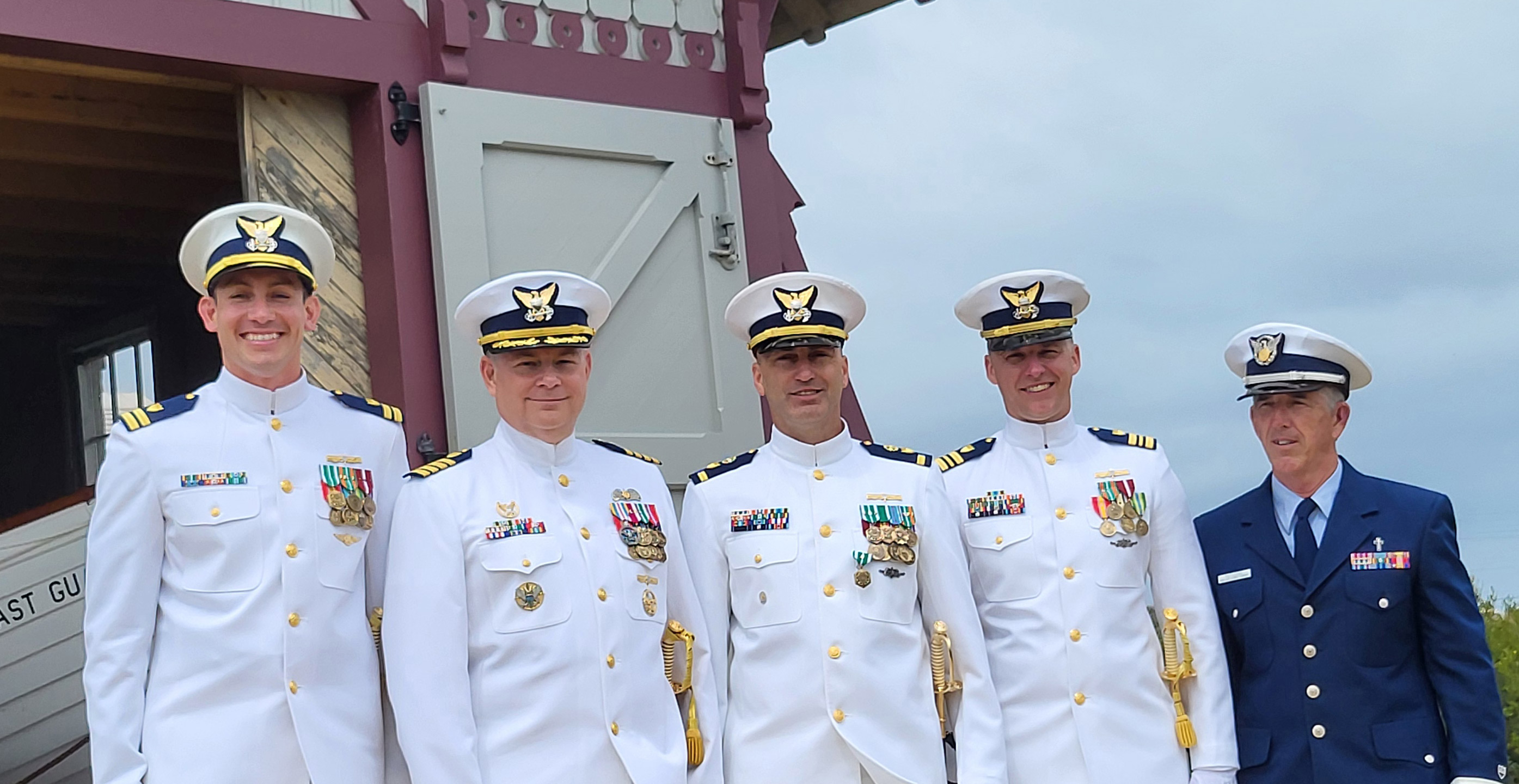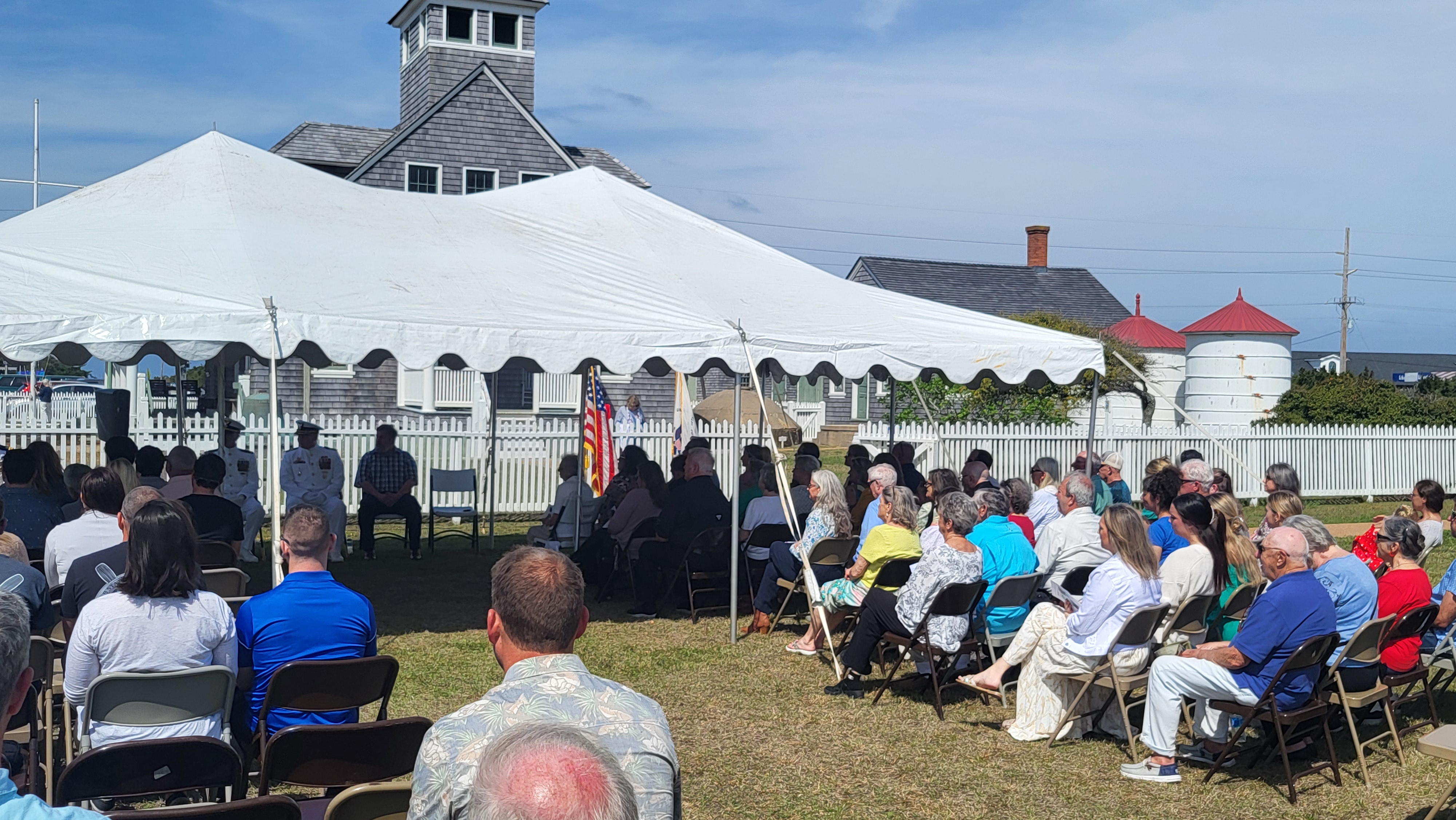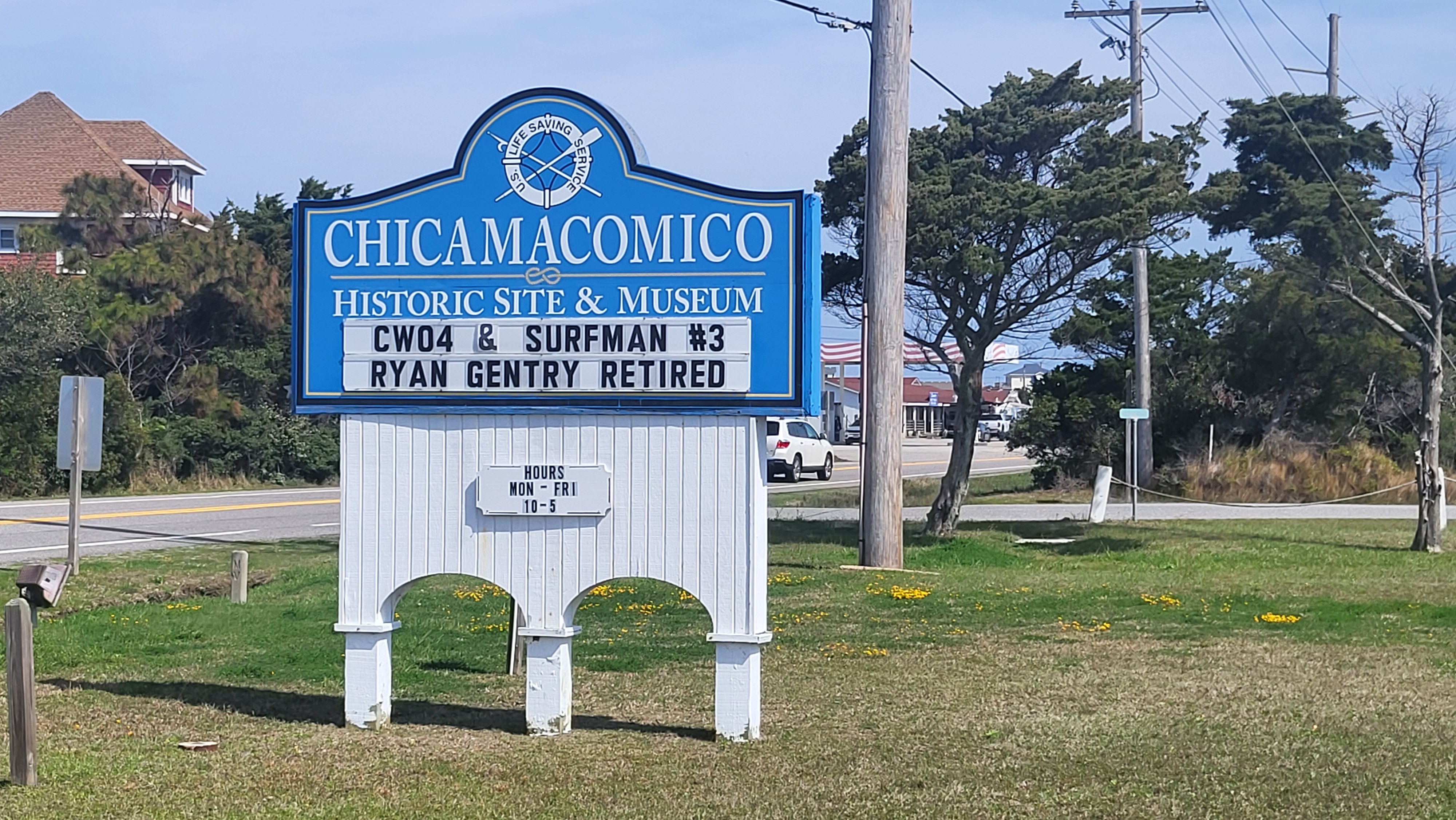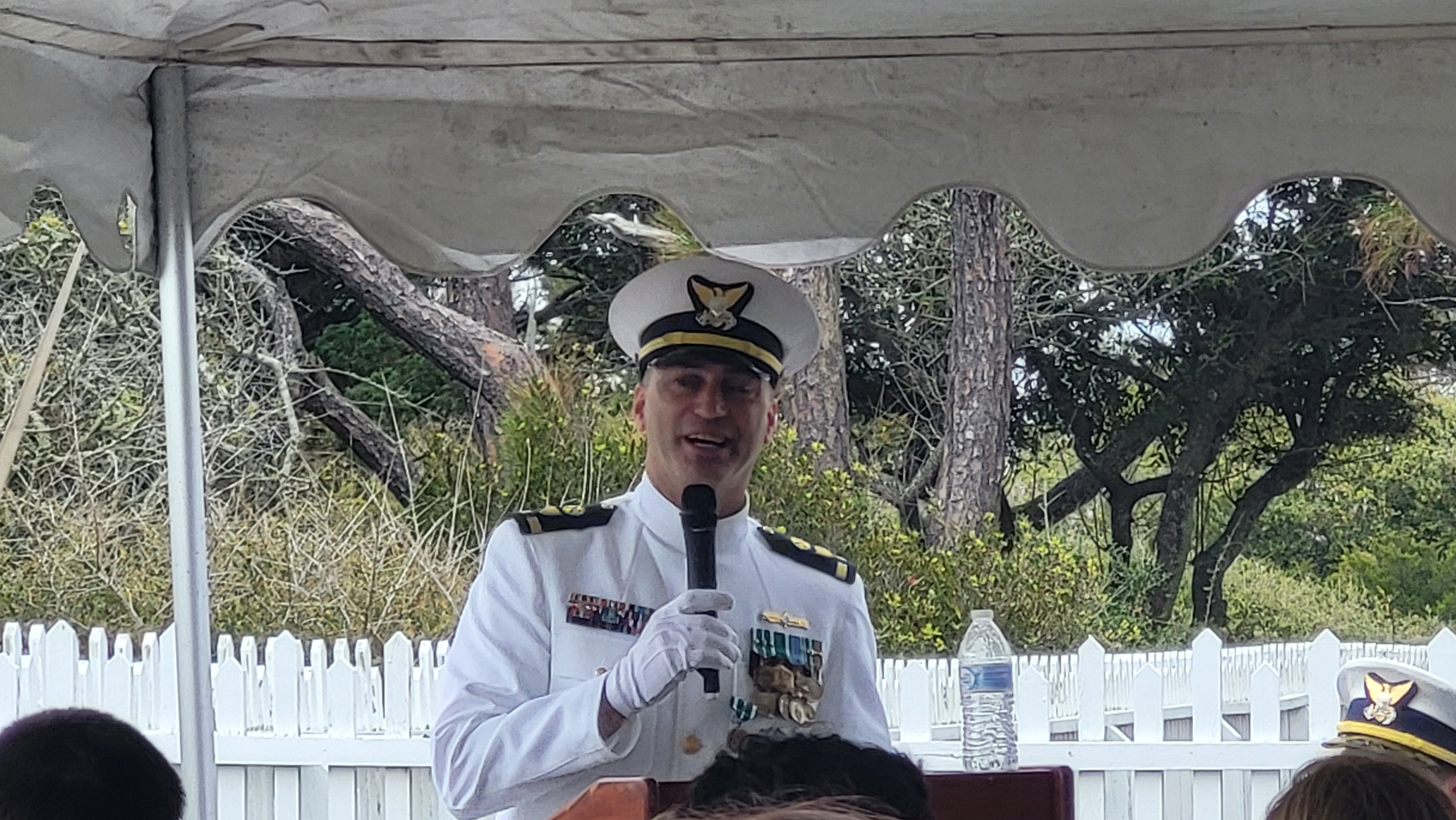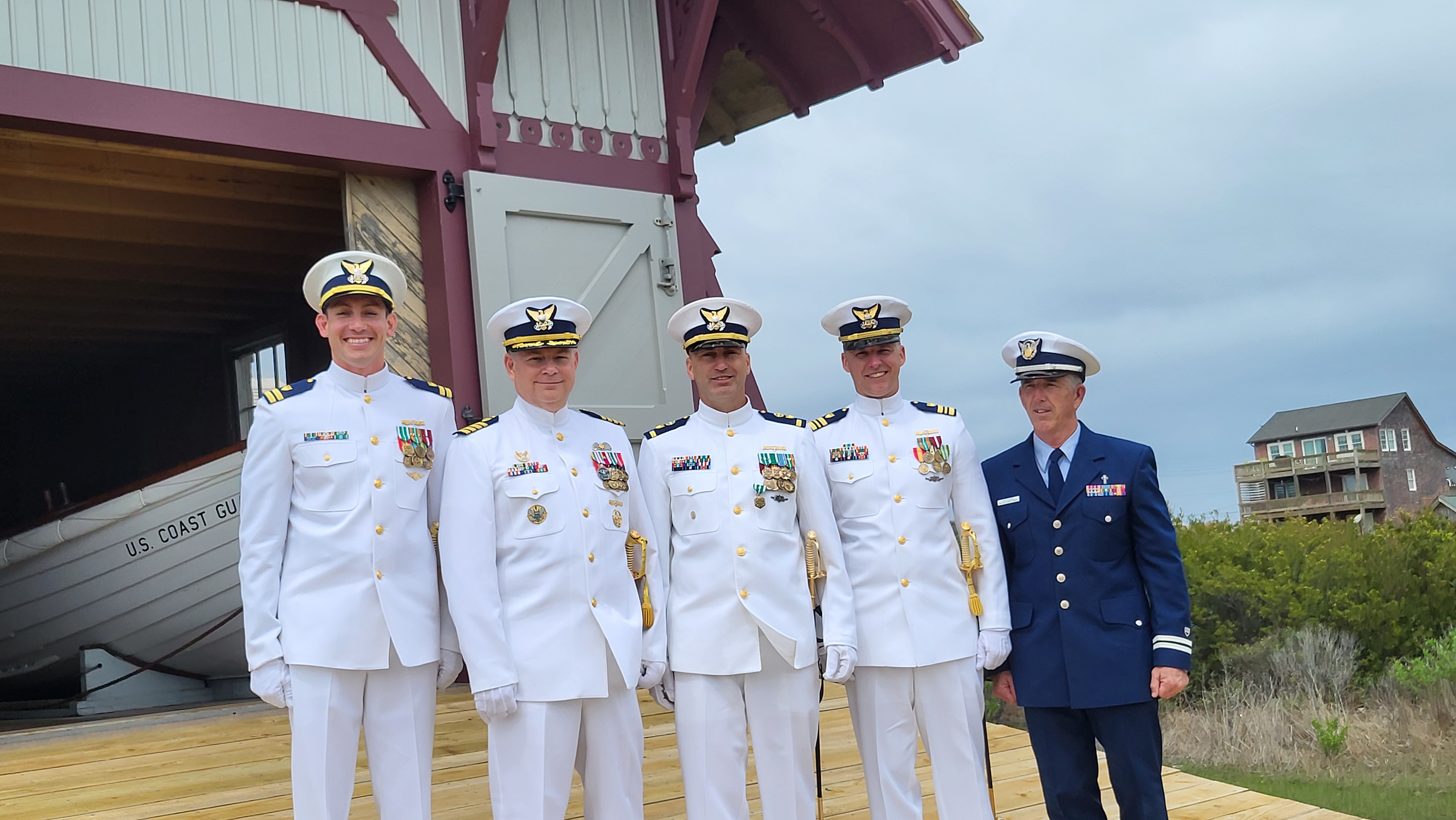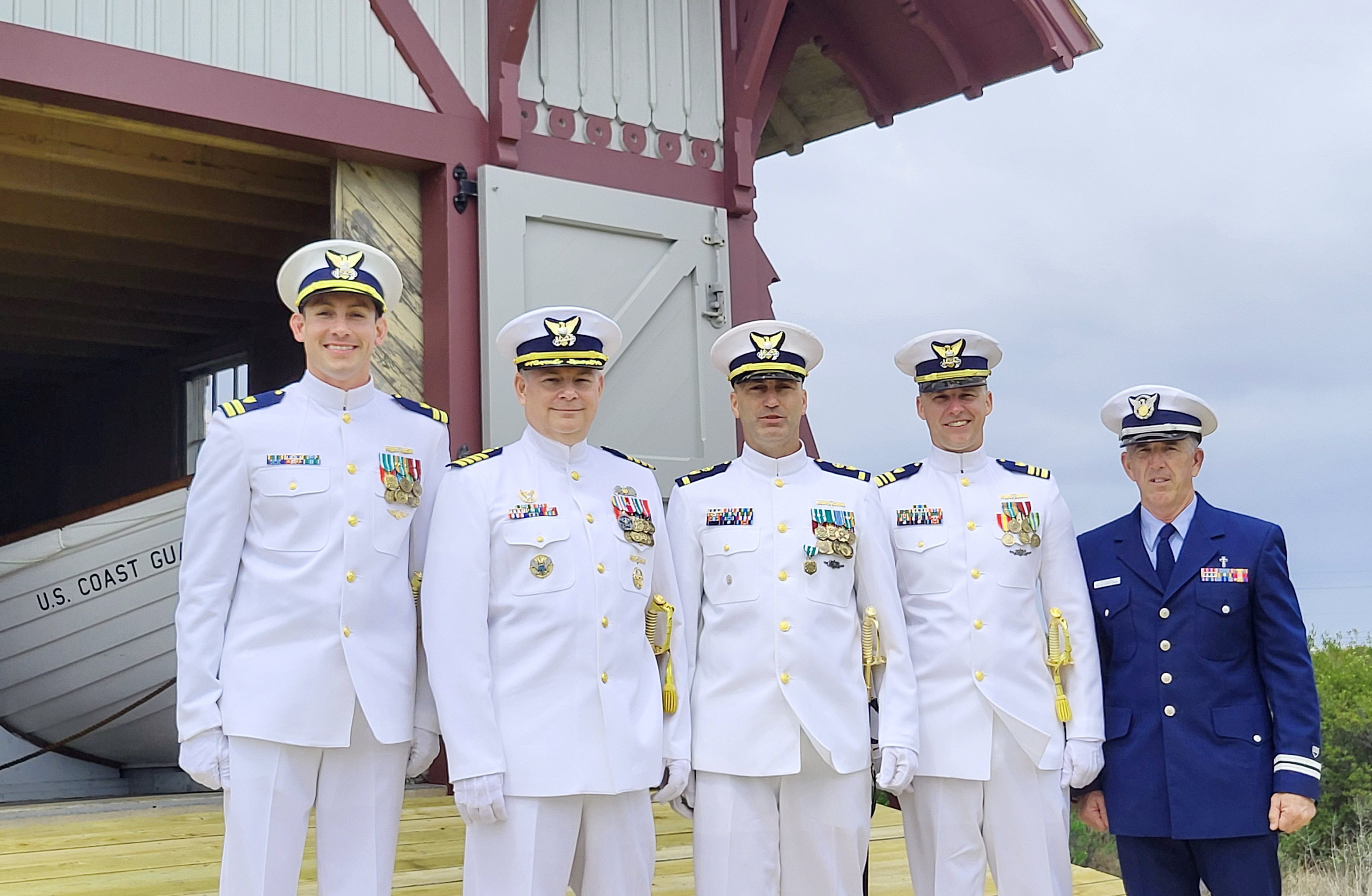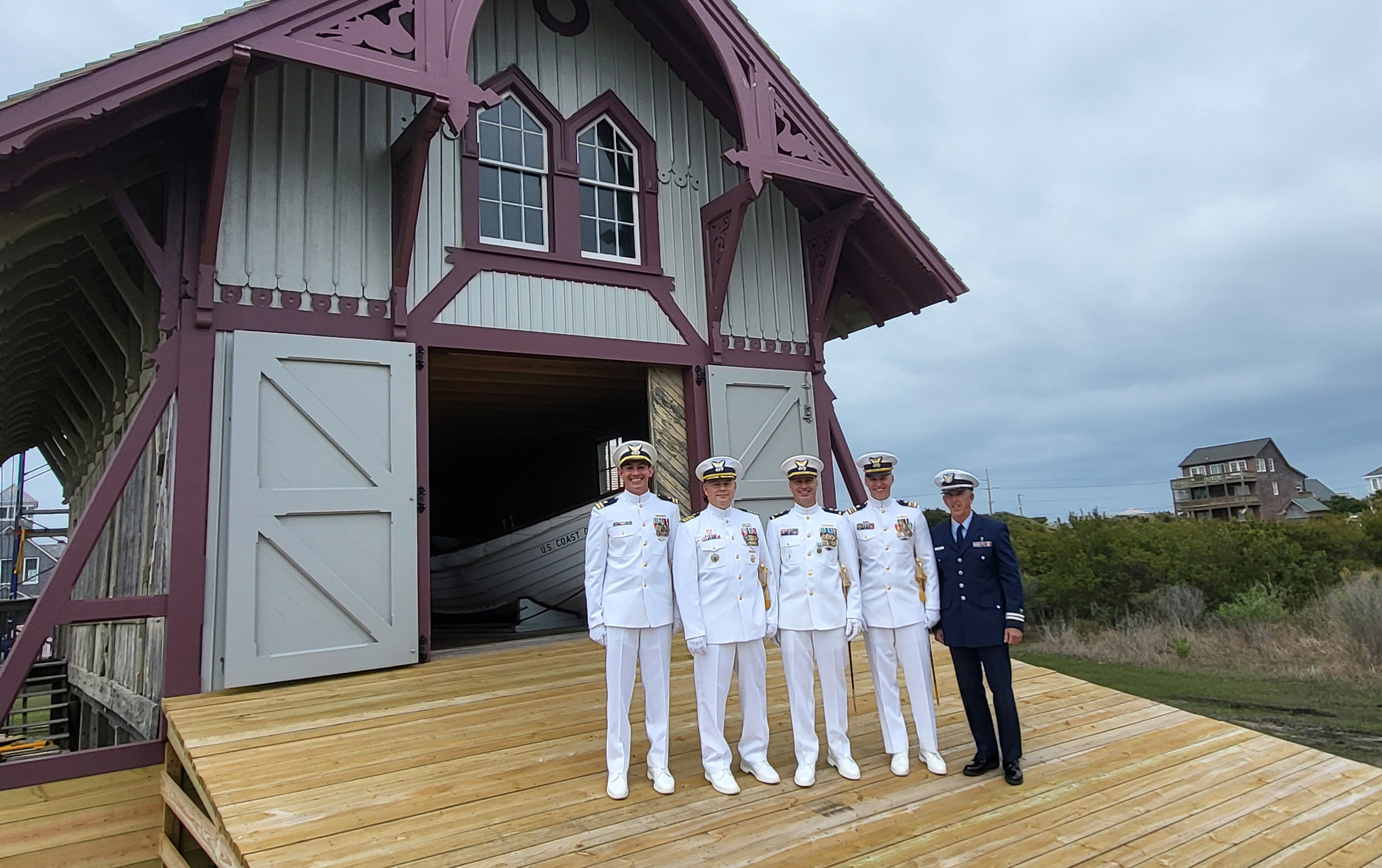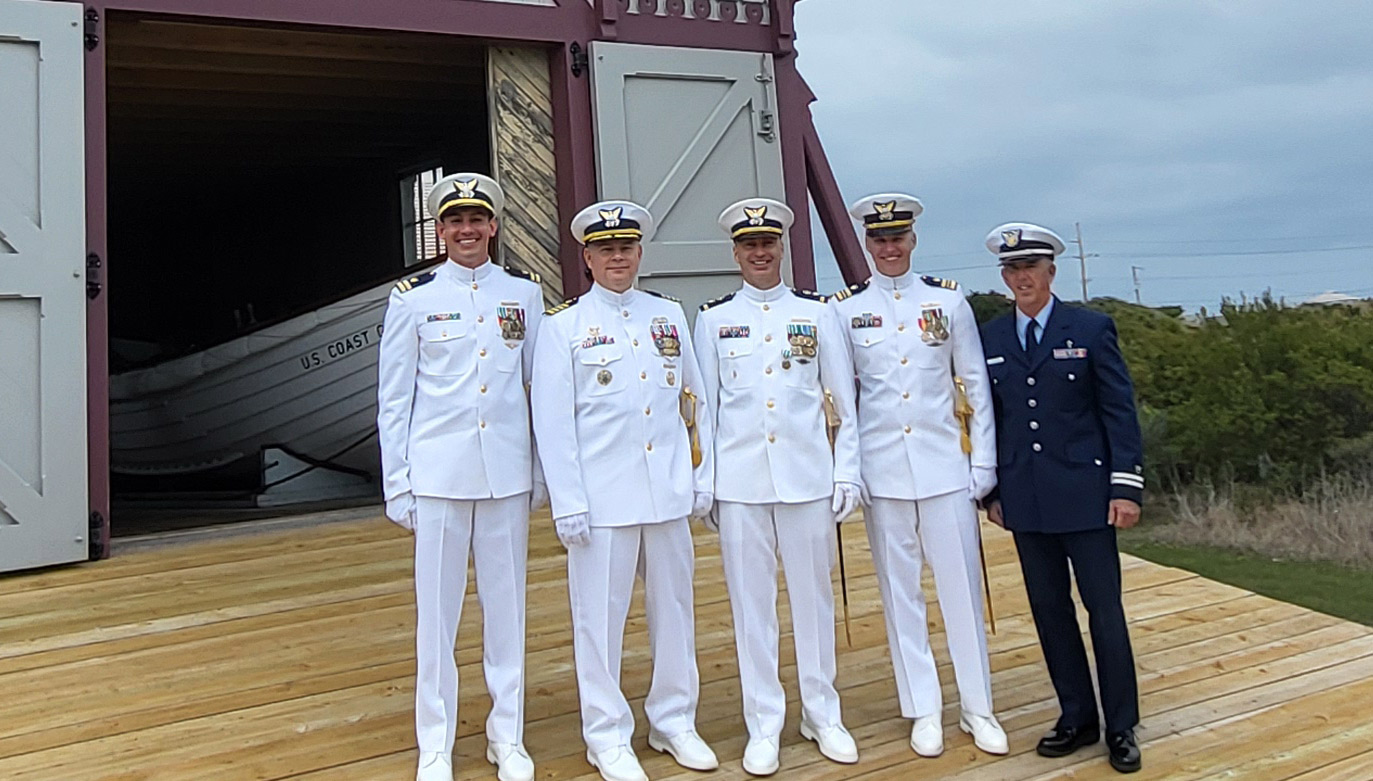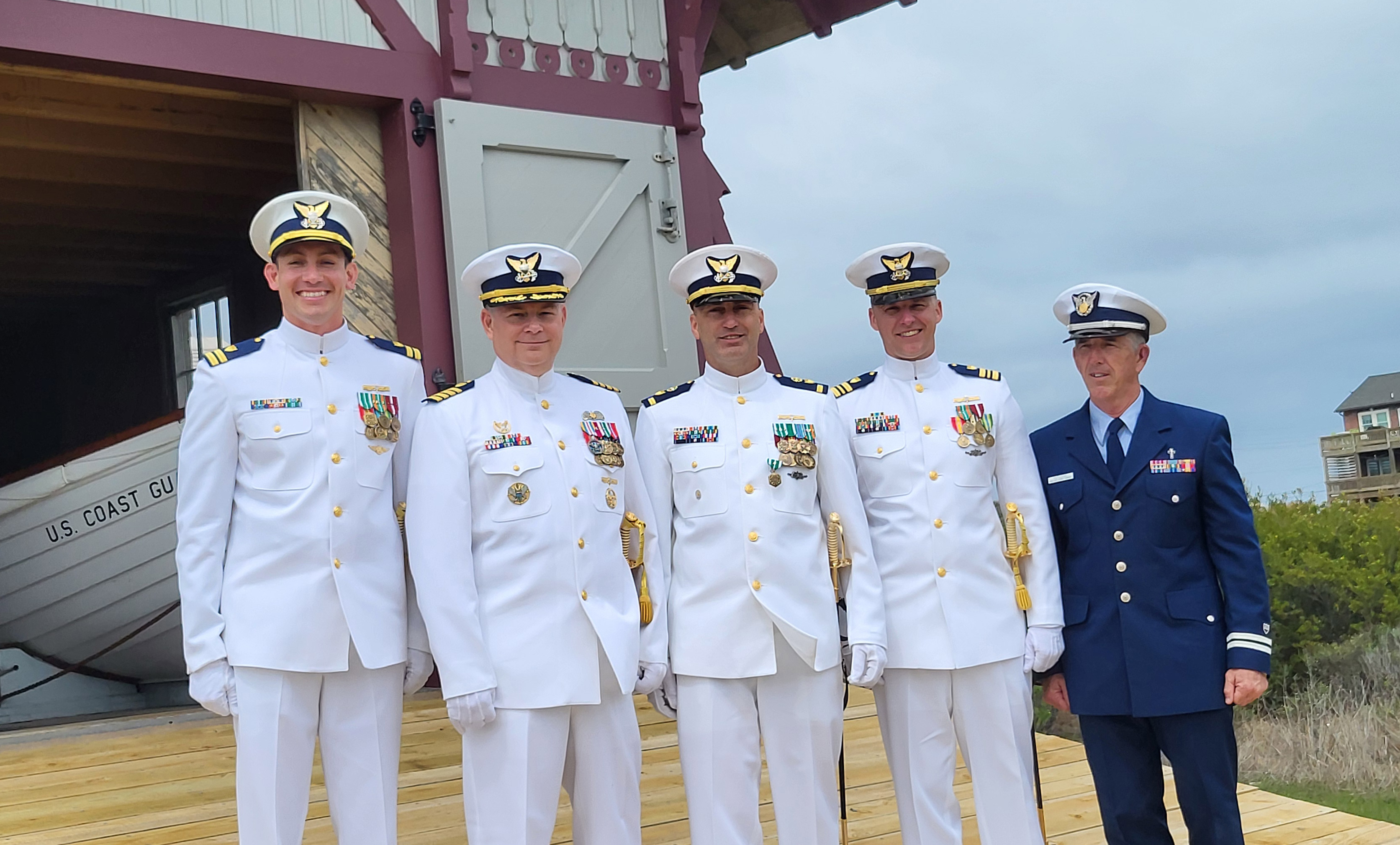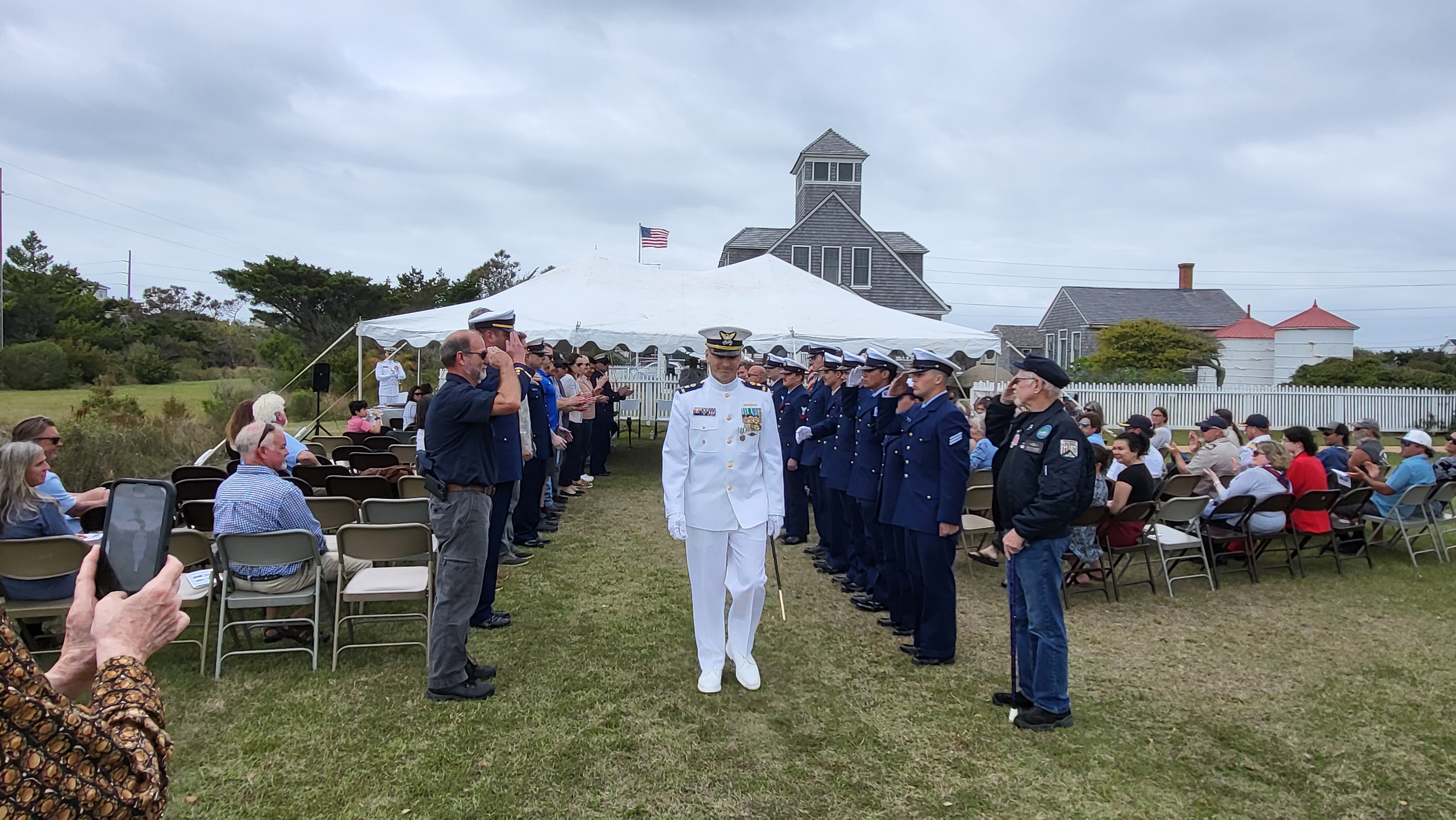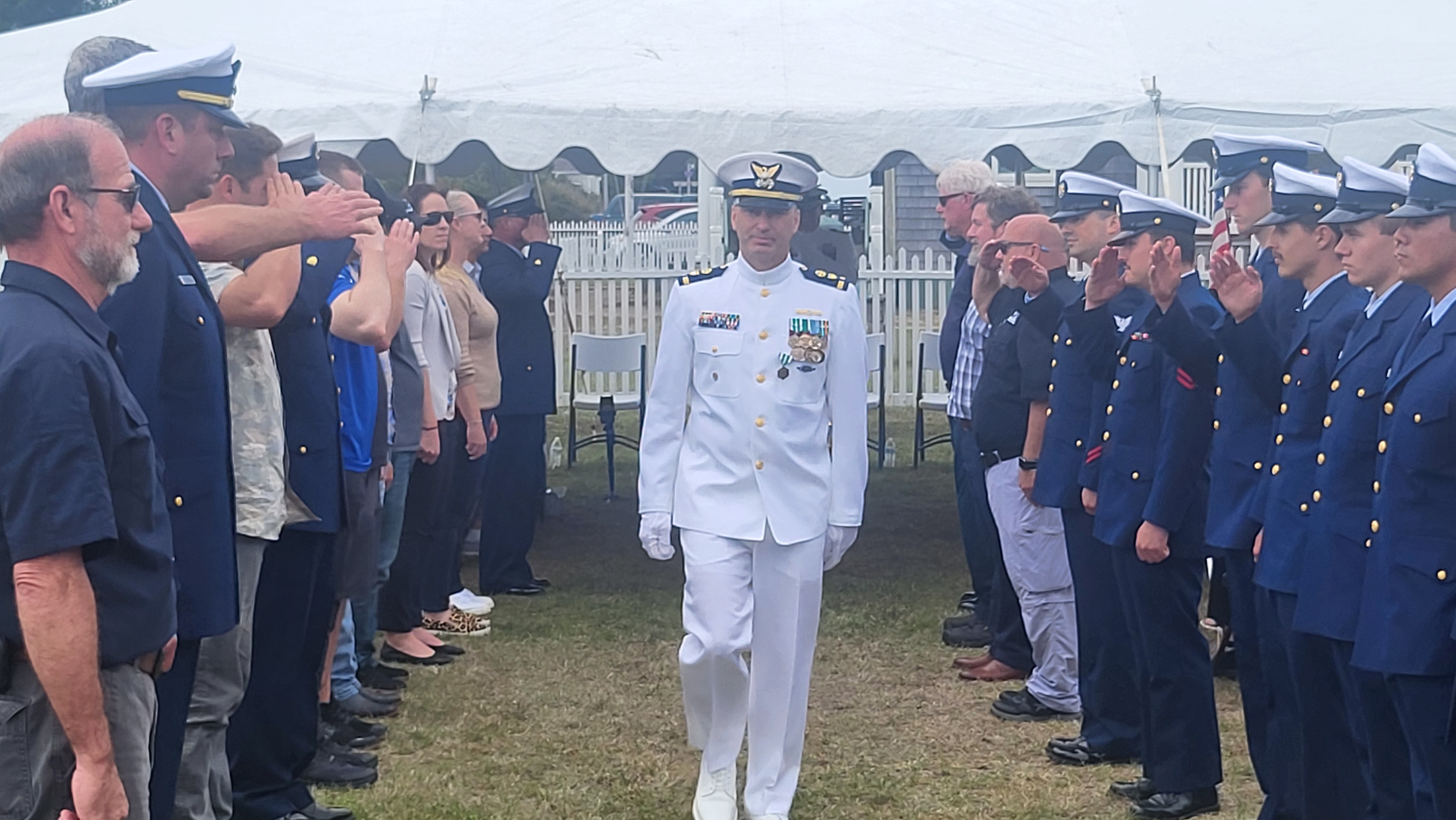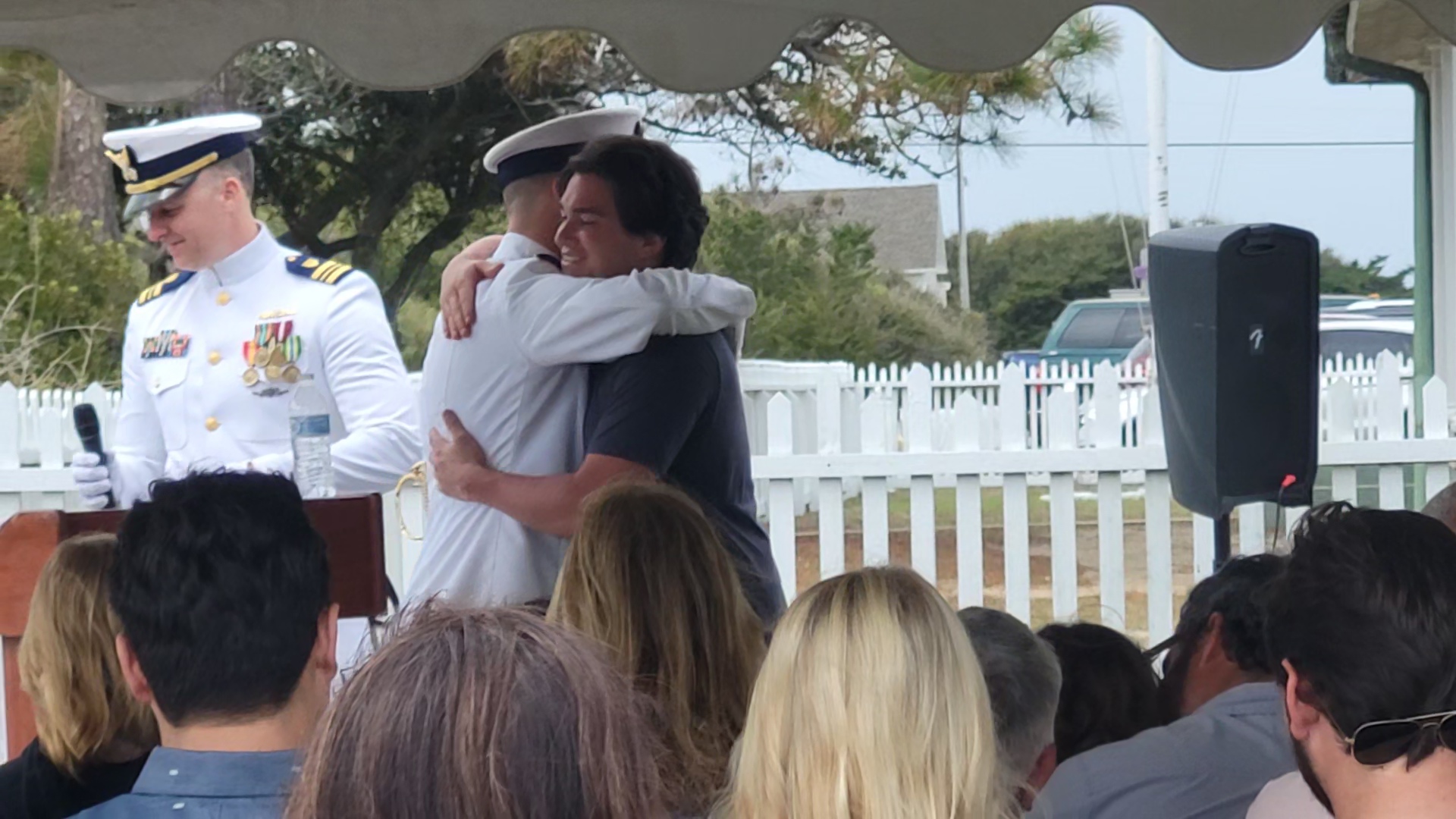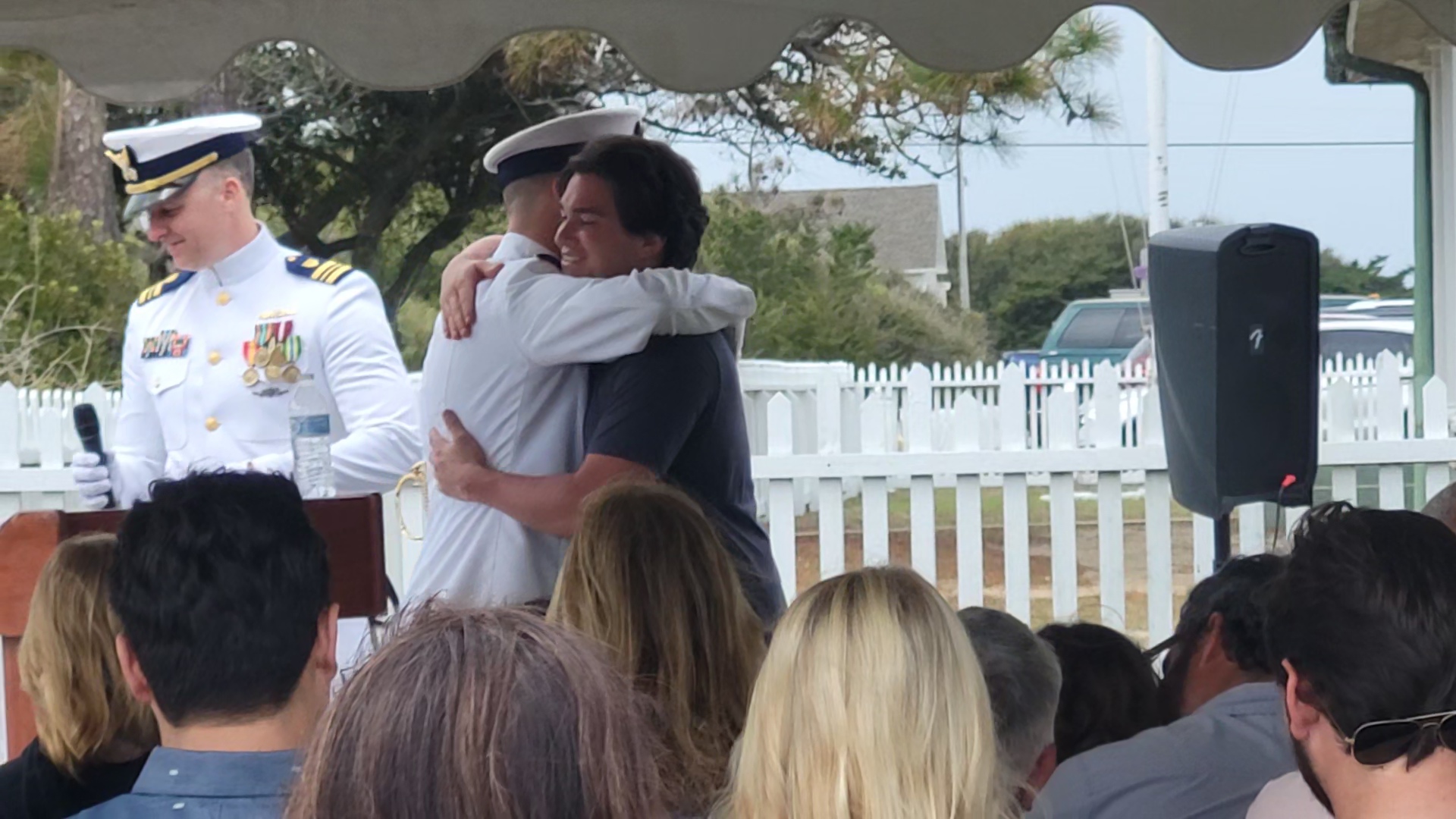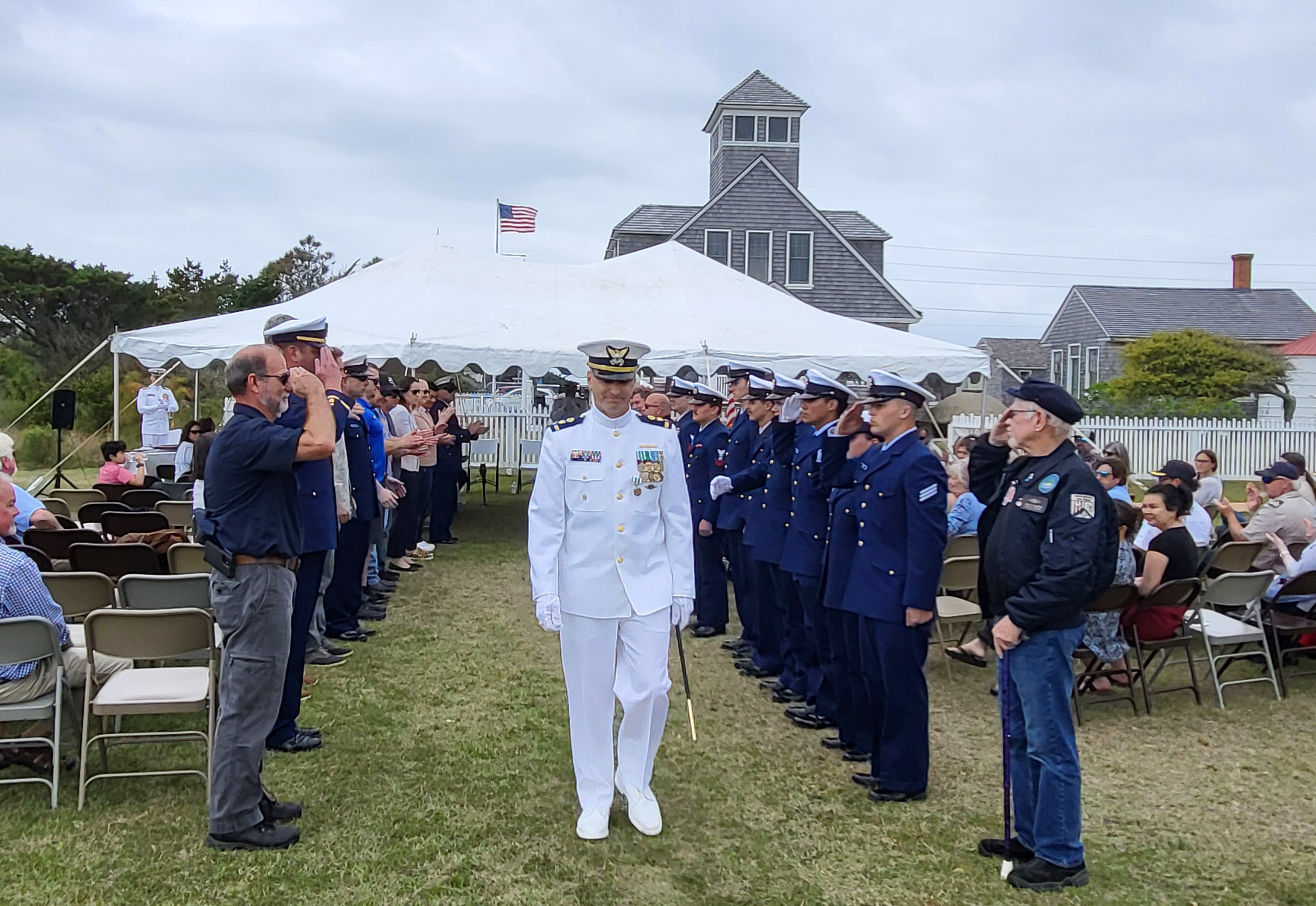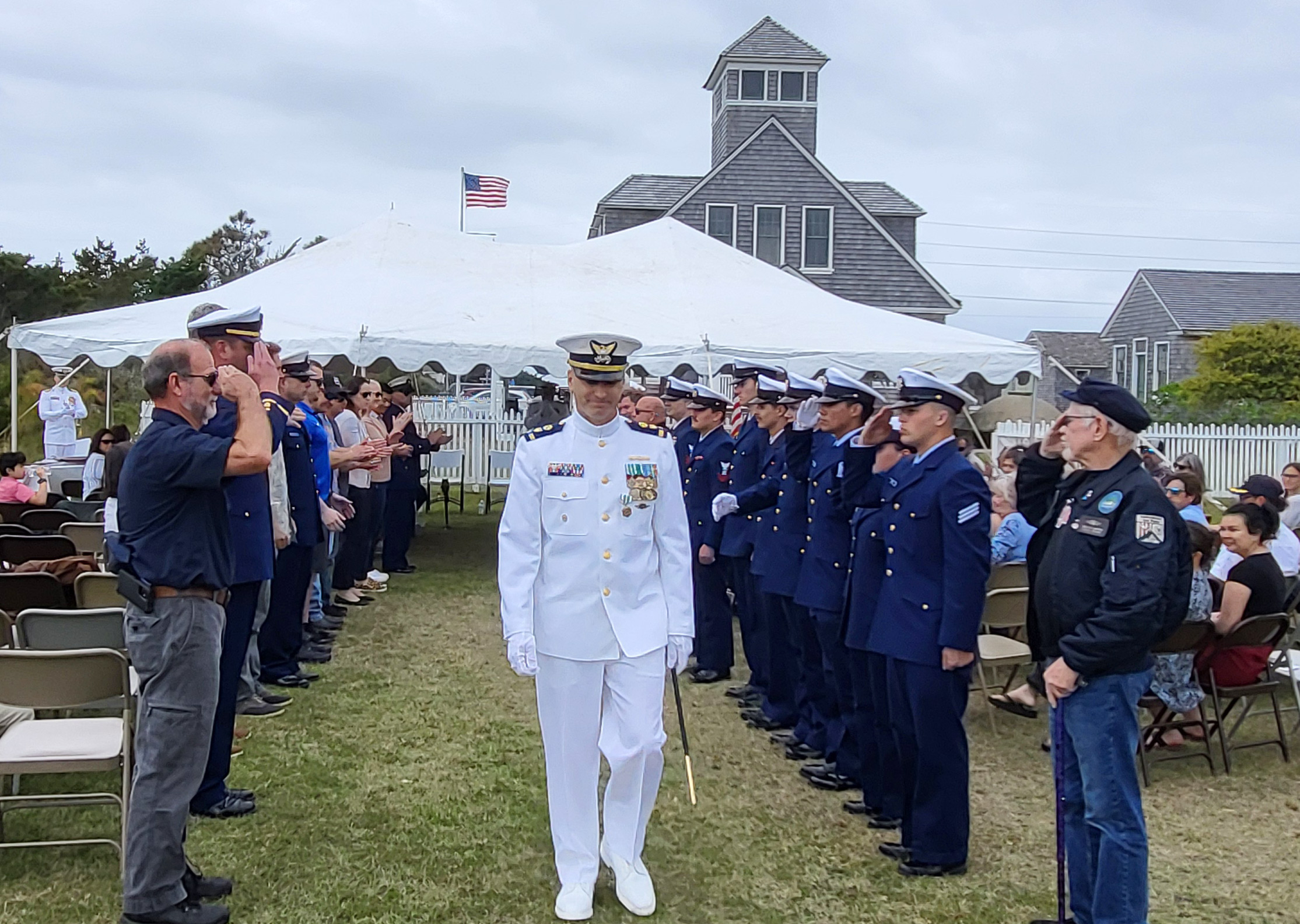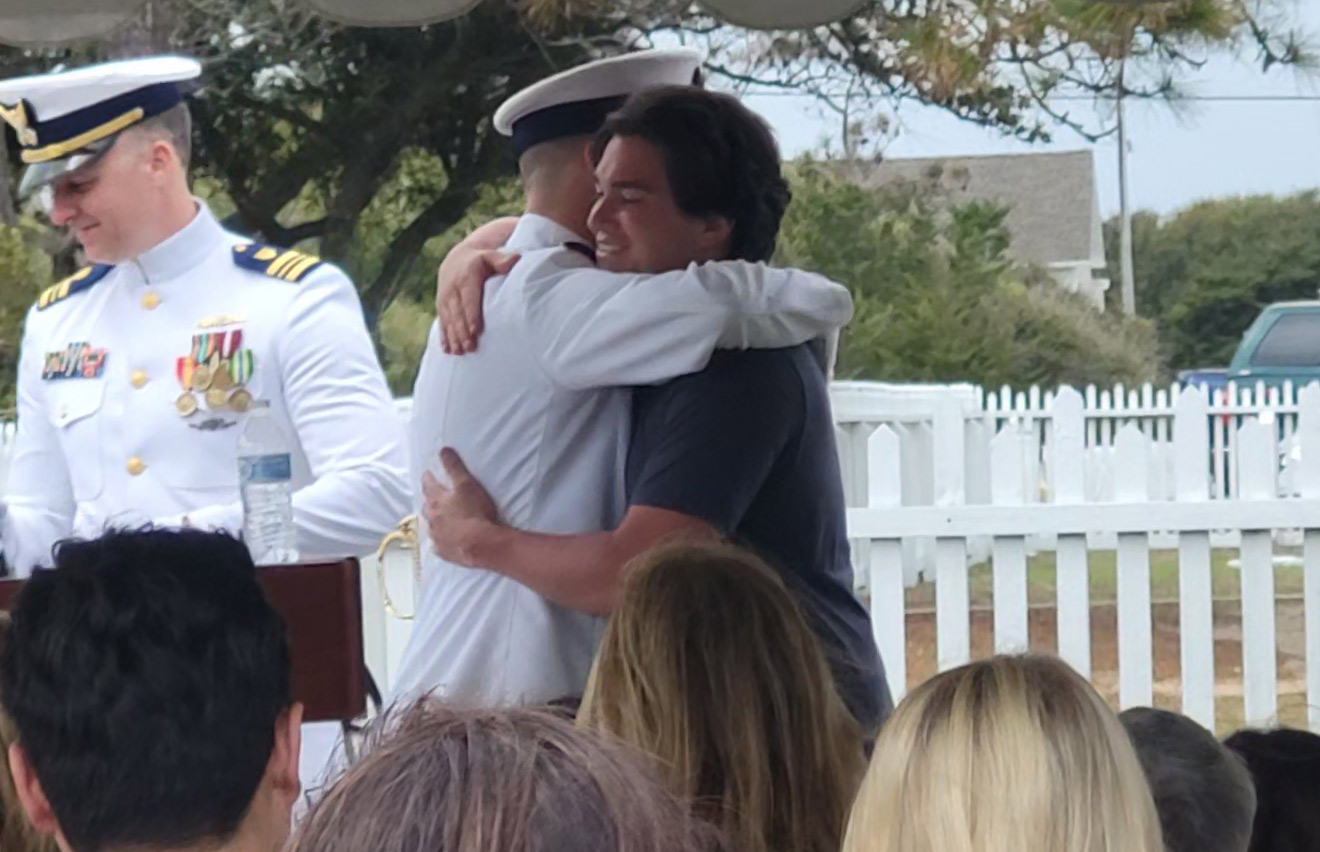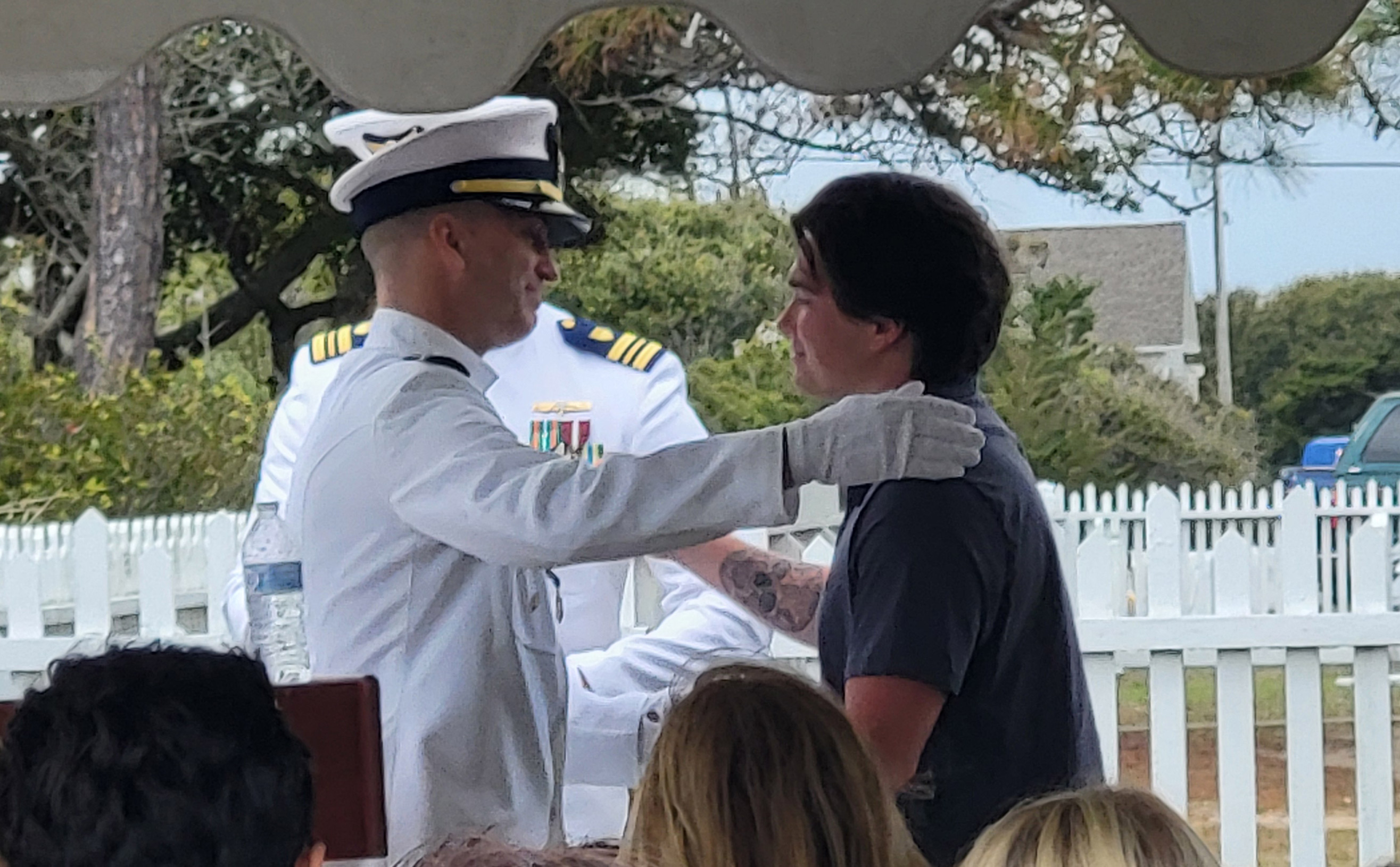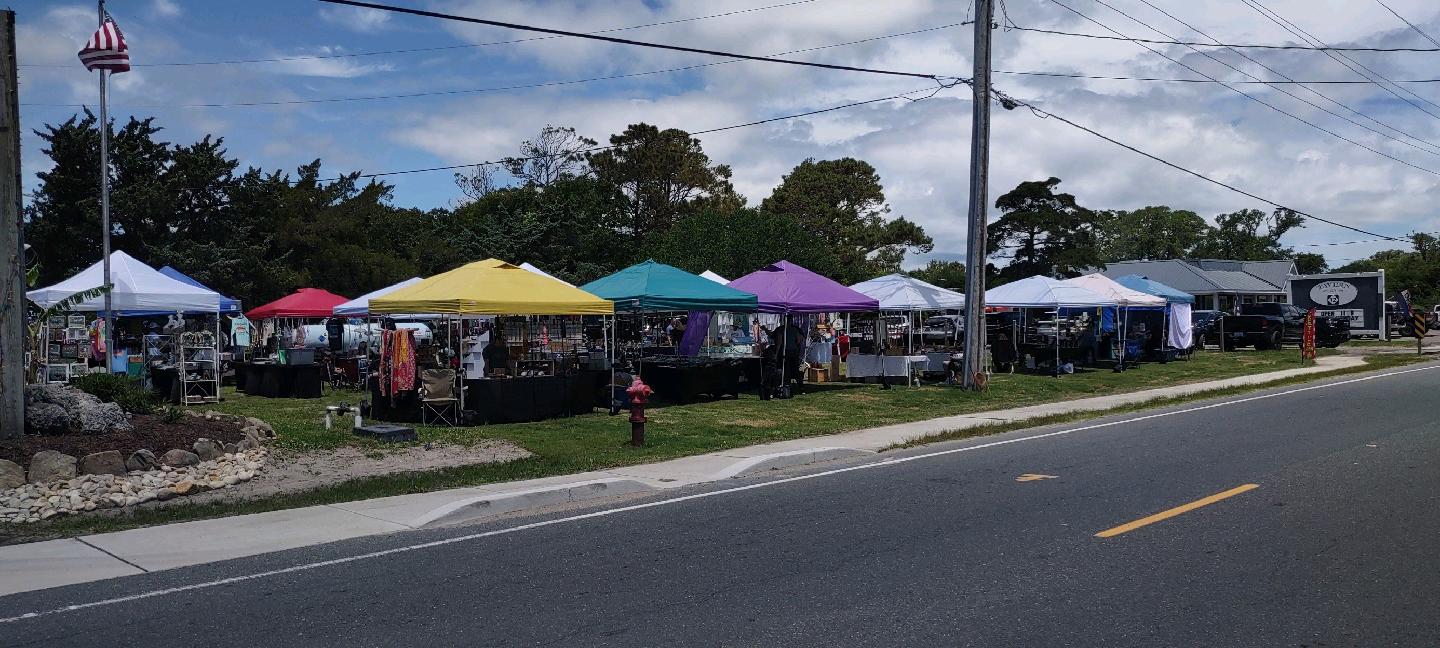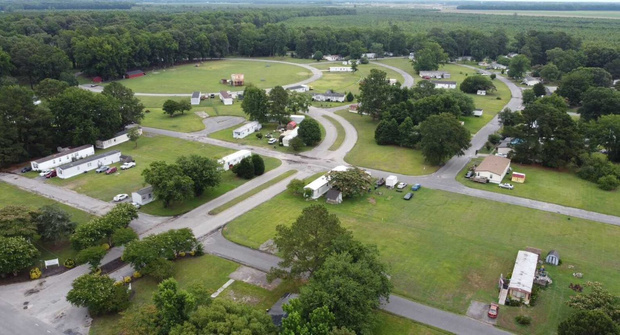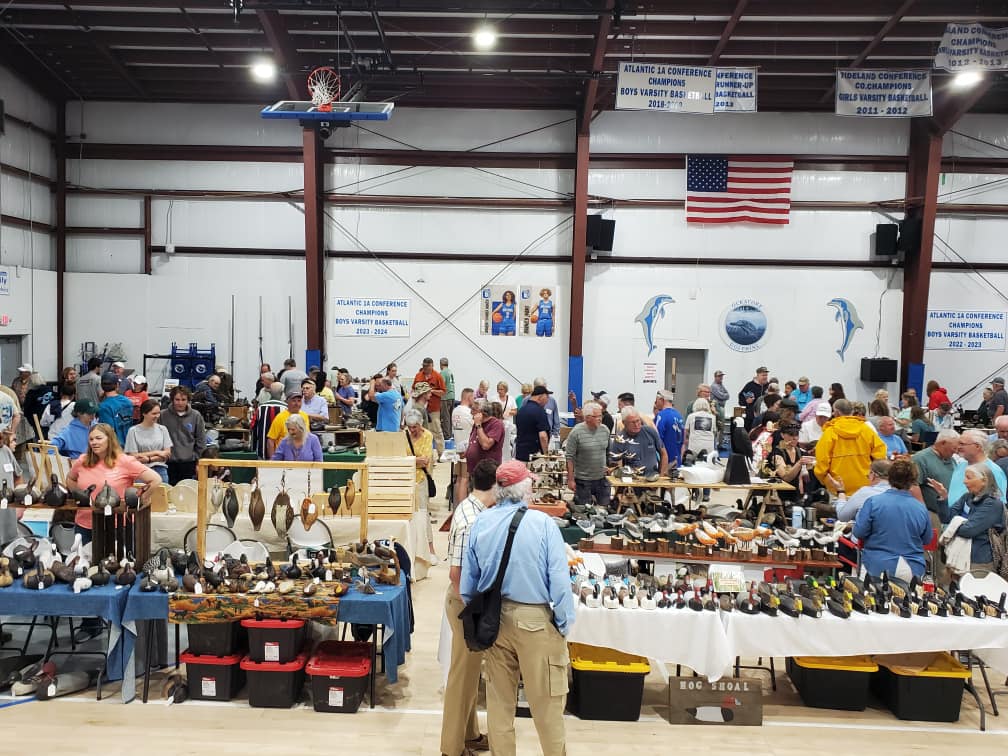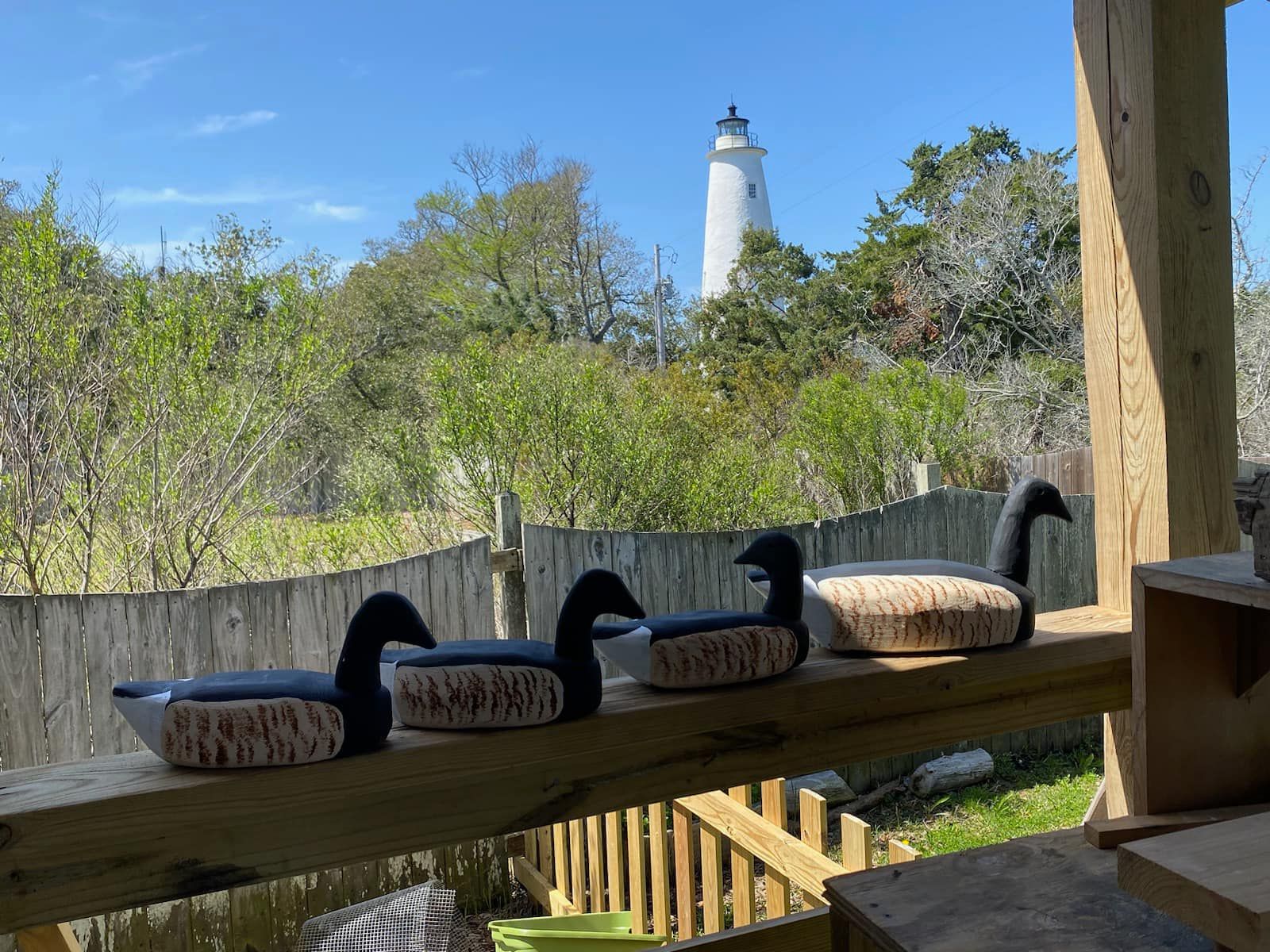Island History: A spotlight on stories from the Outer Banks’ Life-Saving Service

The Chicamacomico Life-Saving Station (CLSS) is celebrating its 150th anniversary this year, as one of the seven original Life-Saving Stations to be built in North Carolina in 1874.
As such, the Chicamacomico Life-Saving Station and Historic Site in Rodanthe will be sharing stories about the seven 1874 Outer Banks stations in the months ahead, leading up to the official October celebration of the United States Life-Saving Stations’ 150th anniversary in the state.
The following is the next of these Life-Saving Station feature articles to honor the #LegacyofLifeSaving, written by Jen Carlson for CLSS.
Willing Risk-Takers at the Little Kinnakeet Life-Saving Station

On February 14, 1895, H. C. Miller, the master of the sloop, Inez, found himself caught up in ice off of Hatteras Banks.
He was about three miles offshore and was in a dangerous situation as he was sailing alone.
He hoisted his flag signaling for assistance and began a long wait. About an hour and a half later, Keeper Edward O. Hooker and the crew from the Little Kinnakeet Life-Saving Station were seen chopping ice along the way to clear a path to the sloop.
It took the crew another hour and a half to actually make it to the side of the Inez where they carefully transferred Miller to the surf boat before slowly returning to shore.
The return trip was harrowing and took about two hours to reach safety as they again had to cut their way through the ice. However, everyone reached shore safely though exhausted, wet, and cold.
Wanting to share his appreciation for their efforts, Miller sent a letter to the General Superintendent expressing his gratitude for their kindness and heroic efforts and acknowledging the risk they took to bring him to safety. Without their efforts, he felt as if he wouldn’t have survived the cold.
All in a Day’s Work at the Caffey’s Inlet Life-Saving Station
Sometimes it’s just about being a caretaker: On December 1, 1900, two Swedish fishermen had their boat overturned by the rough surf. While one man was lost at sea, the second man, Johnson, was pulled to safety by fishermen in the vicinity and was taken to their fishing camp.
The Keeper of the Caffey’s Inlet Life-Saving Station, Thaddeus M. Snow, heard about the incident and traveled to the fishing camp to bring the fisherman to the station. He treated Johnson with stimulants and put him to bed where he kept watch overnight. The next morning, Johnson had fully recovered from the ordeal and was able to return to work.


